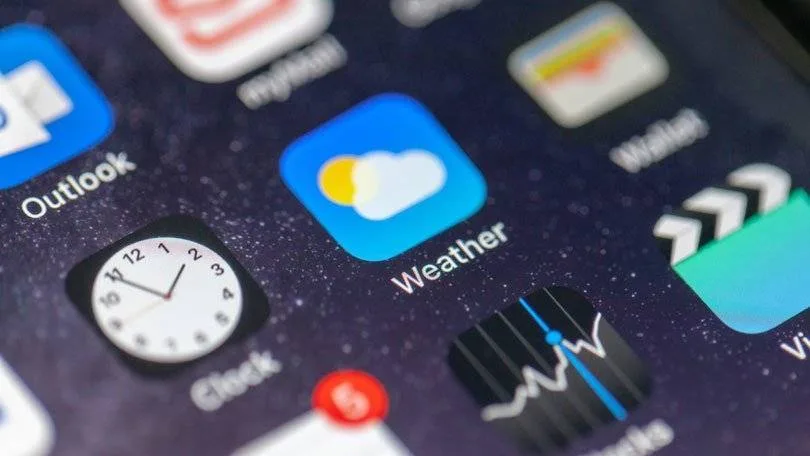Weather technology includes studying the effects of clouds on the earth’s surface and its atmosphere. Cloud cover affects cloud height, cloud type, precipitation, snowfall, heating, dew point, thunderstorm activity, and wind. Researchers studying these various factors attempt to come up with accurate predictions of cloud cover and the precipitation that may fall as a result. Weather-related research aims to help meteorologists provide a clearer understanding of how rain, snow, or sunny conditions may affect the functioning of local, state, and national emergency systems.
Weather technology has dramatically improved the way that weather is reported and monitored. Historically, meteorological experts would collect weather information through various instruments, including:
Weather data has continued to improve, and become more accessible. Weather reports and severe weather news can be obtained by live streaming on the internet and can be viewed immediately on your computer. Advancements in weather technology have made it possible for pilots to receive detailed weather reports and severe weather news real time, which makes weather forecasts more accurate.
Barometer techniques are used to measure surface elevations of the clouds. The advantage of a barometer is that it can be used at a remote site, whereas other weather technologies cannot, and must be based in a control room. Barometer techniques require fewer people to successfully operate, thus saving on costs. Advanced barometric technologies can also be used for predicting the rainfall, snowfall, cloudiness, or dew point, which can help forecasters prepare for severe weather emergencies.
A Global Positioning System (GPS) is an advance GPS tracking system that is often used for weather forecasting purposes. It is often used together with barometer data, and other weather data. Global positioning systems are designed to measure and transmit precise location data to an end-user in real time. There are a number of uses for Global Positioning System in weather forecasts:
Weather technology has changed significantly over the past century. Advances in science and weather technology allow forecasters to produce reliable, accurate weather forecasts with greater accuracy than ever before. Many modern forecasting equipment are based on proven and tested technologies from the past.
Weather has been studied since the days of the ancient Greeks. In fact, many ancient Greek temples have weather predictions on their screens. Weather was even mentioned in ancient Chinese and Indian books and legends. Weather forecasts and other types of forecasts were possible answers people in those days could use to avoid dangerous weather patterns and natural disasters. Today, there are still people all over the world who believe in and are devoted to the practice of weather forecasting.
Monitoring Station Technology
Simply put, a weather monitoring system is simply a device containing several instruments used to watch local weather conditions. Nowadays, most modern monitoring systems are fully automated to display precise data at real time, and most often wireless weather stations come connected to a main network of such stations which will give your station advanced notice of potential adverse weather conditions. Some modern devices are capable of receiving data from multiple satellites in order to provide you with the most comprehensive weather readings. Such a technology is not available with older models.
Most weather monitoring stations contain the following components. They generally have an air sampling cup for collecting surface samples and/or an ion particle collection area for obtaining low power radio wave signals. Other instruments may include a high precision weather sensor, which is designed to continuously measure and record the ionization state of the atmosphere. Another instrument is commonly installed is the infrared camera, which has the ability to detect and capture clouds, cumulus and cirrus at various altitudes. Cloud cover analysis is done with the use of infrared cameras in conjunction with high resolution digital camera sensors.
Smart Phones
With Mother Nature’s sporadic weather patterns there’s always a chance that your Smart Phone (or other gadgets) will break down, especially if you live in an area that doesn’t have a reliable or consistent source of mobile communication service. If you live in a part of the country that gets above average rainfall or snowfall then chances are that the only communication option you have is your cellular phone. As cell phone reception goes, so does the chance that your Smart Phone will break down or stop working. When it is cold and snowy your phone will not last very long at all in extreme weather even if you get nibbled up by a few frostbit.
The weather is unpredictable no matter where you live, but the good news is that the weather conditions that affect Smart Phones and other portable electronic devices can be mitigated with simple precautions that the manufacturers have put into place to keep your Smart Phone from suffering from extreme cold temperatures. If you leave your Smart Phone in extreme cold temperatures for extended periods of time or if you leave it in a hot car then you run the risk of the battery depleting and then the device becoming permanently damaged. You also run the risk of damaging the device’s circuitry and software by leaving it in the sun for too long, which can also cause the Smart Phone to stop working
Concluding
The demand for accurate weather data continues to grow because of the changing climate. Advances in weather technology provide meteorologists with more accurate ways of predicting the precipitation and climate in the next hour or two. In addition, meteorologists use this knowledge to improve their services to the public. For example, if a weather balloon finds that the precipitation is likely to fall at a certain percentage, the meteorologist can give the public an estimate of what the cloud will make it’s way. The public also benefits from knowing exactly what kind of clouds will be present. This knowledge allows people to prepare for bad weather before it strikes.







